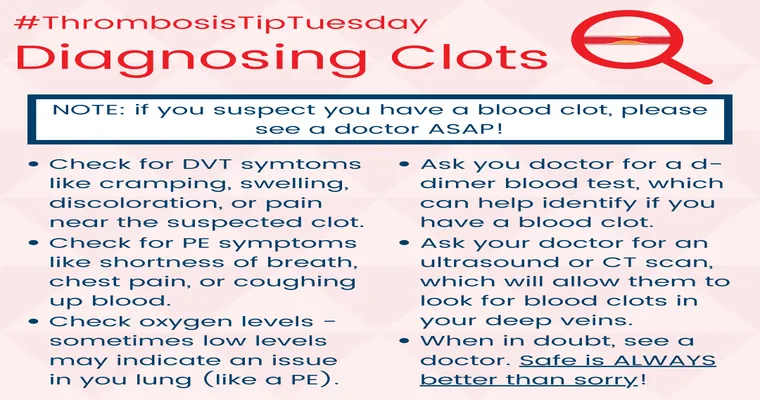Receiving news that your "92-year-old mom" has been rushed to the hospital with a "blood clot in her lung" can be incredibly distressing. This situation often raises numerous concerns about her health and the potential implications of such a serious condition. Understanding what a blood clot in the lung entails, why she is being kept overnight, and what the next steps might be can help alleviate some of the anxiety during this challenging time.
A "pulmonary embolism" is a blockage in one of the pulmonary arteries in the lungs, typically caused by blood clots that travel to the lungs from the legs or other parts of the body. This condition can be life-threatening, especially for older adults. In your mom's case, her age increases the risk factors associated with blood clots, including reduced mobility, certain medical conditions, and the effects of aging on blood circulation.
When your mom is admitted to the hospital and monitored overnight, the medical team will likely perform several assessments and tests. These may include imaging studies like a "CT scan" of the chest, which can help confirm the presence of a blood clot, and blood tests to evaluate her overall health and the function of her lungs. Close monitoring allows healthcare professionals to watch for any changes in her condition and to initiate treatment promptly.
The treatment for a blood clot in the lung usually involves anticoagulants, commonly known as blood thinners. These medications help prevent existing clots from growing larger and reduce the risk of new clots forming. In some cases, additional treatments such as thrombolytics, which dissolve clots, may be necessary, especially if the clot is large or if your mom's condition is critical.
While it is natural to feel scared or anxious about your mom's health, it is essential to remain informed and engaged in her care. Ask the doctors and nurses questions about her condition, the treatment plan, and what you can expect moving forward. Understanding the situation can empower you and provide a sense of control amidst the uncertainty.
In conclusion, having your "92-year-old mom" hospitalized for a "blood clot in her lung" is understandably alarming. The overnight stay allows for critical monitoring and treatment that can significantly impact her recovery. Stay informed, support her during this time, and keep communication open with healthcare providers to ensure she receives the best possible care.





